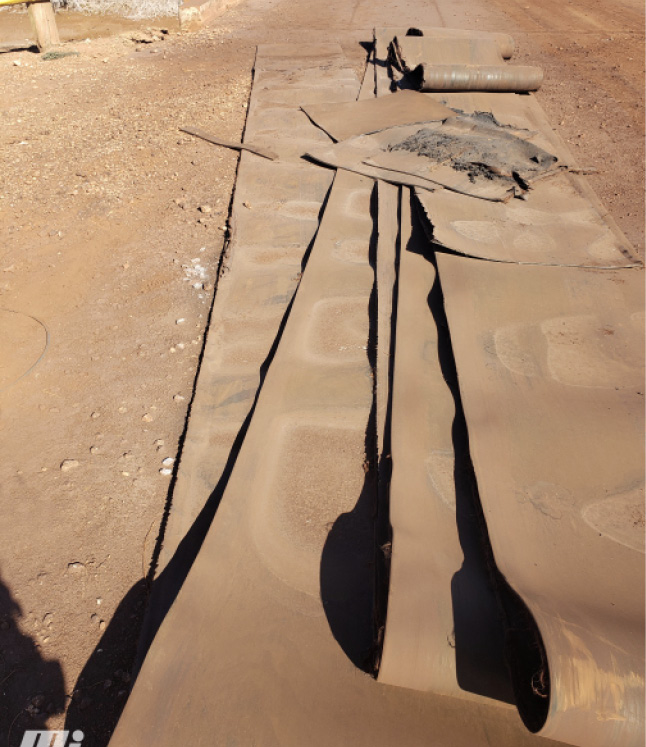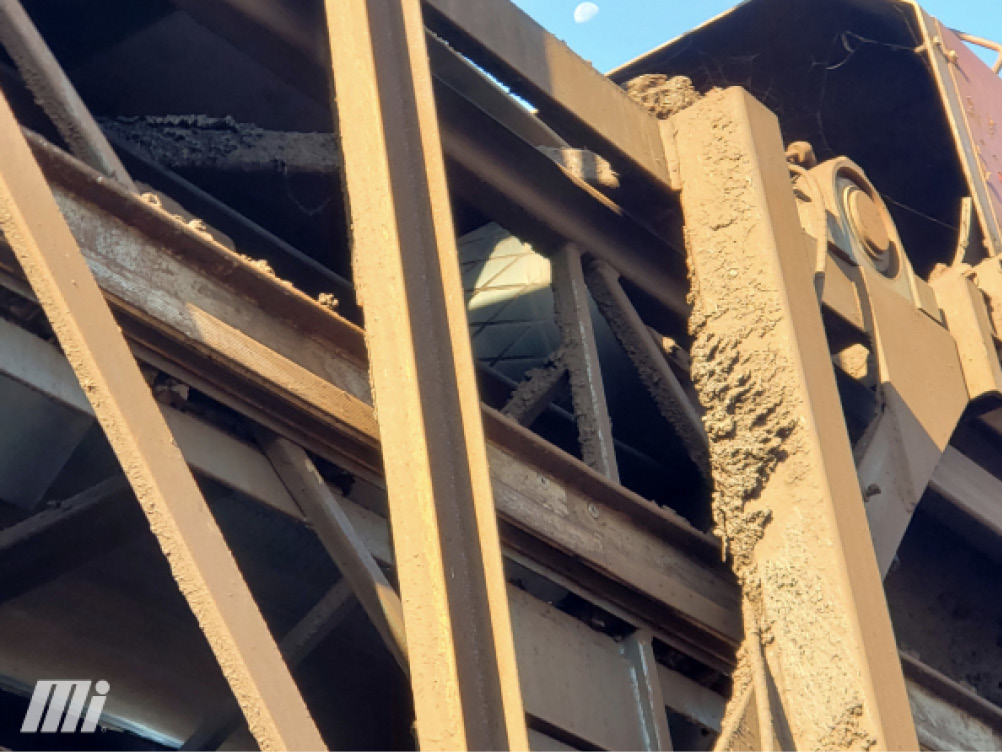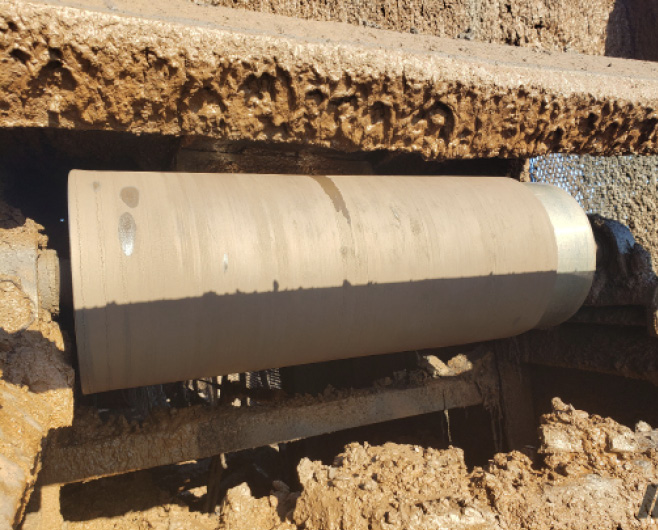Reactive Maintenance Wreaks Havoc And Causes Unplanned Labor, Downtime, Extra Costs For Components.
By Jason Crain
Preventive maintenance (PM) is a concept we all know but may struggle with in our work and personal lives. In operations, it refers to scheduled maintenance tasks to maximize the life of wearable components.
Often, there is not enough time for required daily tasks or maintenance, let alone for performing PM. As a result, parts and components fail, leading to “reactive maintenance.” This can quickly spiral out of control, leaving a plant no time for even basic PM.
When time is short, an all-too-common attitude is, “if it ain’t broke, don’t fix it.” Then when something does break, the repair is only a patch if you don’t have the parts and labor on hand. This creates the need to repair the same thing multiple times.
Like conveyor systems, the human body is designed with multiple components that work together. Walking, driving or even typing an email requires numerous muscles, joints and bones to collaborate. But if just one component is damaged and left untreated, it can cause more body parts to break down.
For example, when we sprain an ankle, a doctor will suggest “RICE”: rest, ice, compression, elevation. But this takes time that we never seem to have enough of. So, the quick fix is to put on a brace and take medication to alleviate the pain and return to daily life.
But in many cases, this quick fix causes more issues. You walk slower and transfer weight differently, putting more strain on muscles and joints, resulting in more pain and potentially yet another sprain or break – and even more personal time lost.
The same can result in a conveyor system: Reactive maintenance wreaks havoc and causes unplanned labor, downtime, extra costs for components and expedited service, frustrations of continually repairing the same part, and costs of unproduced material.
Identify the Issues
In addition to performing standard PM, we must identify items that may be deteriorating or nearing the end of their life. We need to survey the entire system and find the “squeaky wheels” before they fail and cause unplanned downtime.
Starting with a plan, this comprehensive survey is essential in identifying issues before they become emergency reactive maintenance that robs precious time from the planned schedule. Finding these items before they break down will allow for scheduled maintenance and the opportunity to check inventory and obtain the required components.
A typical conveyor PM and survey will include:
- Lubricating bearings.
- Cleaning rogue material buildup.
- Looking for wear or damage to belting.
- Repairing any obvious damage.
- Ordering any necessary replacement parts (if not already on a spares shelf).
Should you know everything to look for beyond what you are already asked to maintain? Does your maintenance team need to be an expert for every system component? I would respond with “no.”
Consider standard PM in our personal lives, returning to the sprained ankle example. You take care of your basic health daily, but you may misstep and badly hurt your ankle one day. You think it might only be sprained but want an expert opinion, knowing it may worsen if you don’t get it checked out.
The doctor looks closer with an x-ray or even an MRI result that may show damage that cannot be recognized without the knowledge and special equipment. Then, you rely on your doctor to treat your ankle and restore it to functioning like new.

From Downtime to Uptime
Now, let me share a conveyor example. We have an aggregate customer who was having issues with an old belt slipping on the drive pulley. This slipping would cause so much buildup in the hopper that it would jam up, and maintenance would have to come and clean out the hopper by hand.
As the frequency of this issue increased, the motor eventually overworked and broke down. This forced the whole stacking line to shut down, and they could not process material, resulting in reactive maintenance. With no exact spare motor in stock, they used the only one on hand, which was designed for another conveyor.
In addition, they installed a different drive pulley with new lagging to help with the slipping, plus replaced the old tail pulley damaged from the overflowing hopper. This drive pulley and the tail pulley replacement were components designed for other conveyors.
All repairs were needed, but the rush to implement them caused a cascade of issues. The previous belts had lasted over one year each, but during the three months following these repairs, the customer went through three belts and broke multiple tail pulley bearings. The original slippage issue even escalated to catching the last belt on fire (Figure 1).
Frustrated and looking for help, the facility asked me to come out and assist in identifying the cause and solution. What I found was the result of reactive maintenance.

The Fix
The repair work itself was fine, but the issue was that the parts were not intended for that system, and the modifications strained other components in ways they were not designed for. The new motor installed was larger than the previous motor, causing it to extend into the belt. To fix this, they installed an additional troughing idler to ensure the belt did not rub the motor casing. This new idler exerted uneven pressure on the drive pulley (Figure 2), wearing down the edges of the new lagging and causing more slipping.
In addition, the tail pulley shafts used came from a standard center mount system. But this system was off-center because of the additional framing, making it impossible to track the belt correctly (Figure 3). Putting tension on the belt not designed for it caused the bearing to break and the belt to camber and track worse the more it was used.
This could have been prevented by identifying and planning the necessary preventive maintenance. After reviewing the original belt and drive pulley, we could see the lagging had been completely worn down, like bald car tires. Add a bit of water to the mix, and just like your vehicle, the drive pulley will merely spin.

But due to many failures across the plant, they did not have time to finish all their standard PM services, let alone inspect this system and find out why it was spinning. They quickly fixed the issue using the labor hours they had to clean the hopper and get the system up and running again. Like taking medication for the pain, this masked the issue and worked until it resulted in a total break.
This extreme scenario had become a nightmare for this facility and crew but turned around after they allowed us to identify the original issue and the new underlying problems. Our team then obtained all the matching parts and scheduled the maintenance needed to return this conveyor to its original functionality.
Knowing that they were struggling with the labor required to perform survey and maintenance identification, we set up their inventory control program and a schedule for our team to walk and survey their systems. The survey would help identify items of concern and track the progression of components to predict expected failures. This effort saved them hundreds of labor hours and significantly reduced their total maintenance costs.
So, in a world of never enough time, you do not need a specialist on staff for every single component. Instead, trusting a qualified expert in the products they supply can be most practical in many cases.
Like a good doctor, the right partner for your operation will put in the time to support you with preventive maintenance and opportunities to save time and costs. The information here will provide a good start off the reactive path and onto the preventive – on the way to less frustration and more cost savings and uptime.
Jason Crain is business development manager – heavy-duty (HD) fabricated with Mi Conveyance Solutions and has been in the conveyor belt/systems industry for more than 25 years. He started in the field with installs and teardowns, then transitioned to custom-fabricated operations and sourcing. Crain helps customers find a solution to their needs or problems. For more information, visit MiConveyanceSolutions.com.
